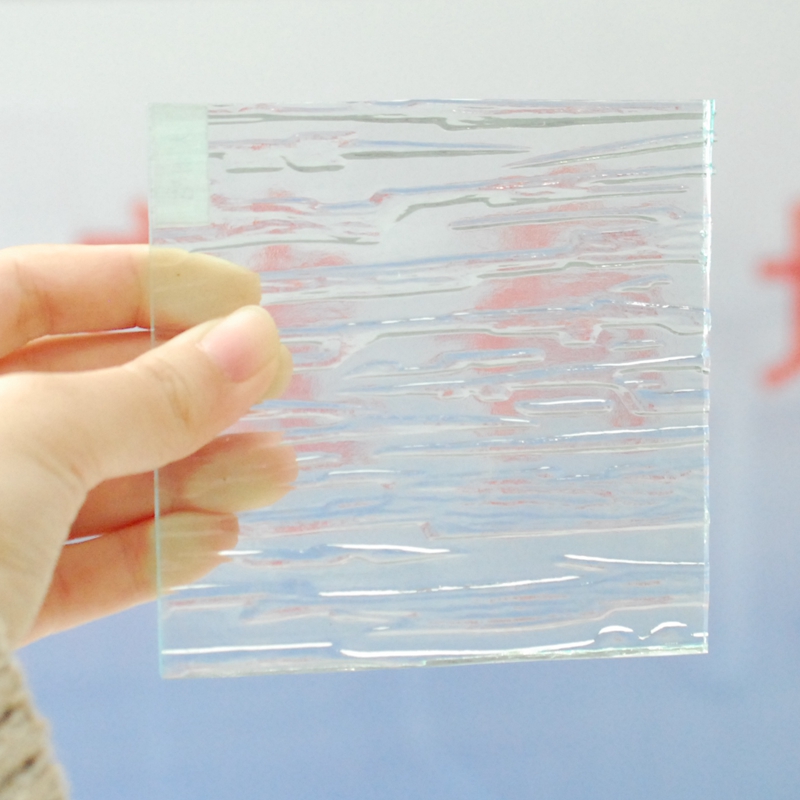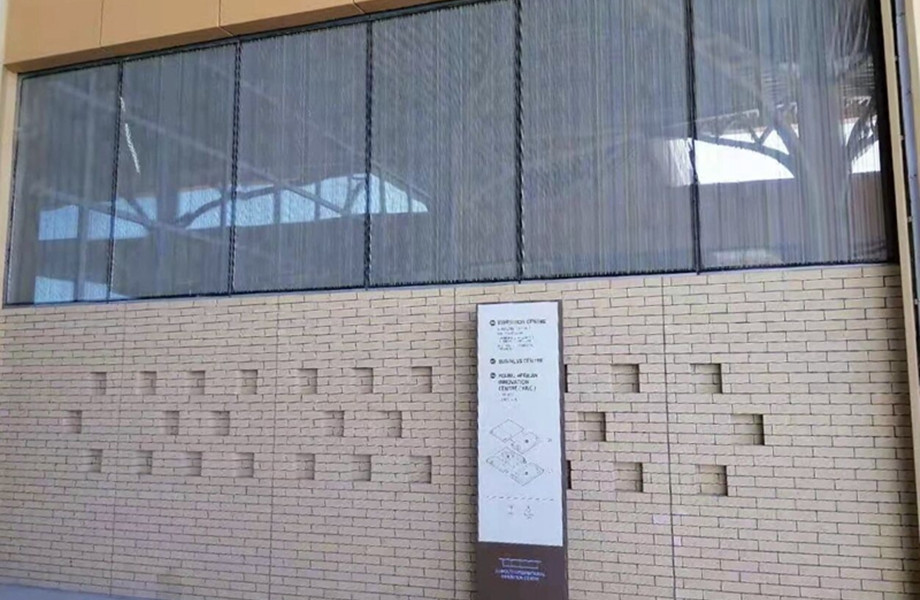Decorative fluted glass, also known as reeded glass or pattern glass, stands as a testament to the fusion of functionality and aesthetics in architectural design. It boasts a unique texture, characterized by concave and convex patterns etched onto one or both sides. The allure of decorative fluted glass lies in its ability to play with light, offering both privacy and visual intrigue to any space it adorns.
Definition and Characteristics
Decorative fluted glass is revered for its distinctive patterns, which not only add depth and dimension to surfaces but also serve practical purposes. Its textured surface allows light to refract in captivating ways, creating an atmosphere of subtle elegance. Furthermore, the patterns exhibit a three-dimensional quality, ensuring a timeless appeal that never fades.
Importance in Architectural Design
In the realm of architectural design, decorative fluted glass emerges as a versatile tool for enhancing both interior and exterior spaces. Its ability to manipulate light makes it invaluable in achieving the desired ambiance and privacy levels. Whether used in residential, commercial, or institutional settings, decorative fluted glass leaves an indelible mark on the visual landscape.
Manufacturing Process of Decorative Fluted Glass
The production of decorative fluted glass involves a meticulous process that ensures precision and quality in every panel. Specialized pressing techniques are employed to imprint intricate patterns onto the glass surface, imparting it with its signature texture and character.
Special Pressing Process
The creation of decorative fluted glass begins with the selection of high-quality glass sheets, which are then subjected to controlled pressure and temperature conditions. This process allows for the formation of precise patterns, ranging from classic reeds to contemporary motifs. The result is a product that seamlessly marries form and function, offering both aesthetic appeal and practical utility.
Pattern Variety and Customization
One of the defining features of decorative fluted glass is its diverse range of patterns, catering to various design preferences and architectural styles. From subtle waves to bold geometric shapes, the possibilities are endless. Moreover, manufacturers often offer customization options, allowing clients to tailor the patterns to their specific needs and specifications.
Applications of Decorative Fluted Glass
The versatility of decorative fluted glass extends to its wide array of applications in architectural design and construction. Its unique properties make it a favored choice for both functional and decorative purposes across diverse settings.
Balustrades and Railings
Decorative fluted glass lends itself beautifully to balustrades and railings, adding a touch of sophistication to staircases and balconies. Its textured surface not only enhances the visual appeal but also provides a level of privacy without compromising on light transmission.
Shower Enclosures
In the realm of bathroom design, decorative fluted glass offers a stylish alternative to traditional shower enclosures. Its textured surface adds a tactile element to the space while ensuring privacy and obscuring watermarks and smudges.
Interior Partitions
Decorative fluted glass serves as an elegant solution for interior partitions, dividing spaces without sacrificing openness or natural light. Whether used in office environments or residential settings, it adds a layer of sophistication while maintaining a sense of connectivity.
Curtain Walls
In commercial and institutional buildings, decorative fluted glass finds its place in curtain walls, creating a striking facade that captures the essence of modern architecture. Its ability to diffuse light and create dynamic visual effects enhances the overall aesthetic appeal of the structure.

Decorative Fluted Glass For Furniture
Advantages of Using Decorative Fluted Glass
Beyond its aesthetic appeal, decorative fluted glass offers a host of practical benefits that make it a preferred choice for architects, designers, and building owners alike.
Privacy Enhancement
One of the primary advantages of decorative fluted glass is its ability to enhance privacy without sacrificing natural light. The textured surface diffuses incoming light, obscuring visibility while maintaining a sense of openness and spaciousness.
Unique Aesthetic Appeal
Decorative fluted glass adds a layer of sophistication and elegance to any space it graces. Its distinctive patterns and textures create visual interest, elevating the overall design scheme and leaving a lasting impression on occupants and visitors alike.
Longevity and Durability
Despite its delicate appearance, decorative fluted glass is engineered to withstand the rigors of daily use and environmental factors. Its durable construction ensures longevity, making it a sound investment for both residential and commercial applications.
Conclusion
Decorative fluted glass represents a harmonious blend of form and function, offering both aesthetic beauty and practical utility in architectural design. Its versatility, durability, and timeless appeal make it a favored choice among designers and building professionals seeking to create spaces that inspire and delight.







.jpg)


.jpg)
.jpg)
.png)
.png)
.png)
.jpg)
.jpg)